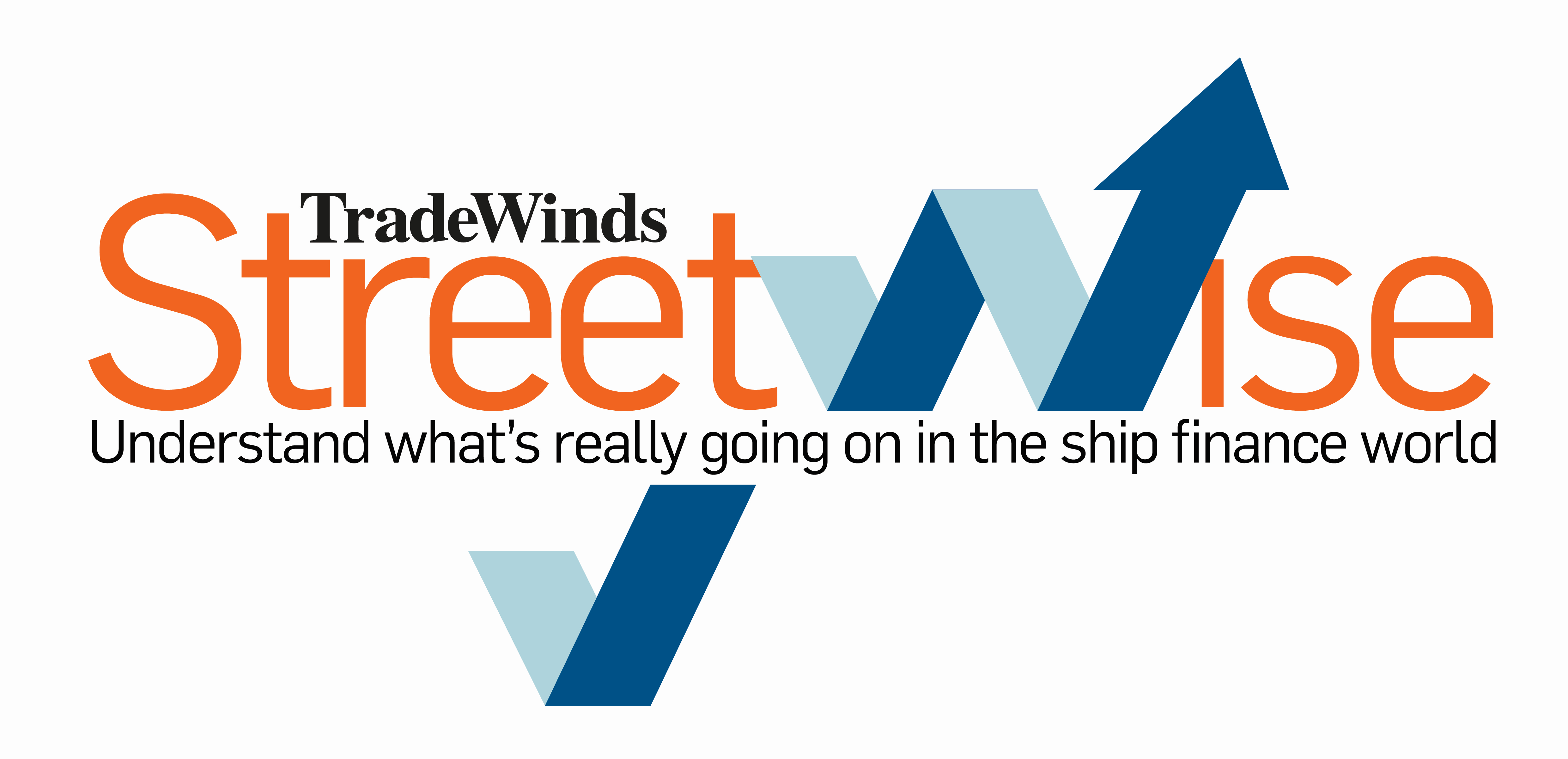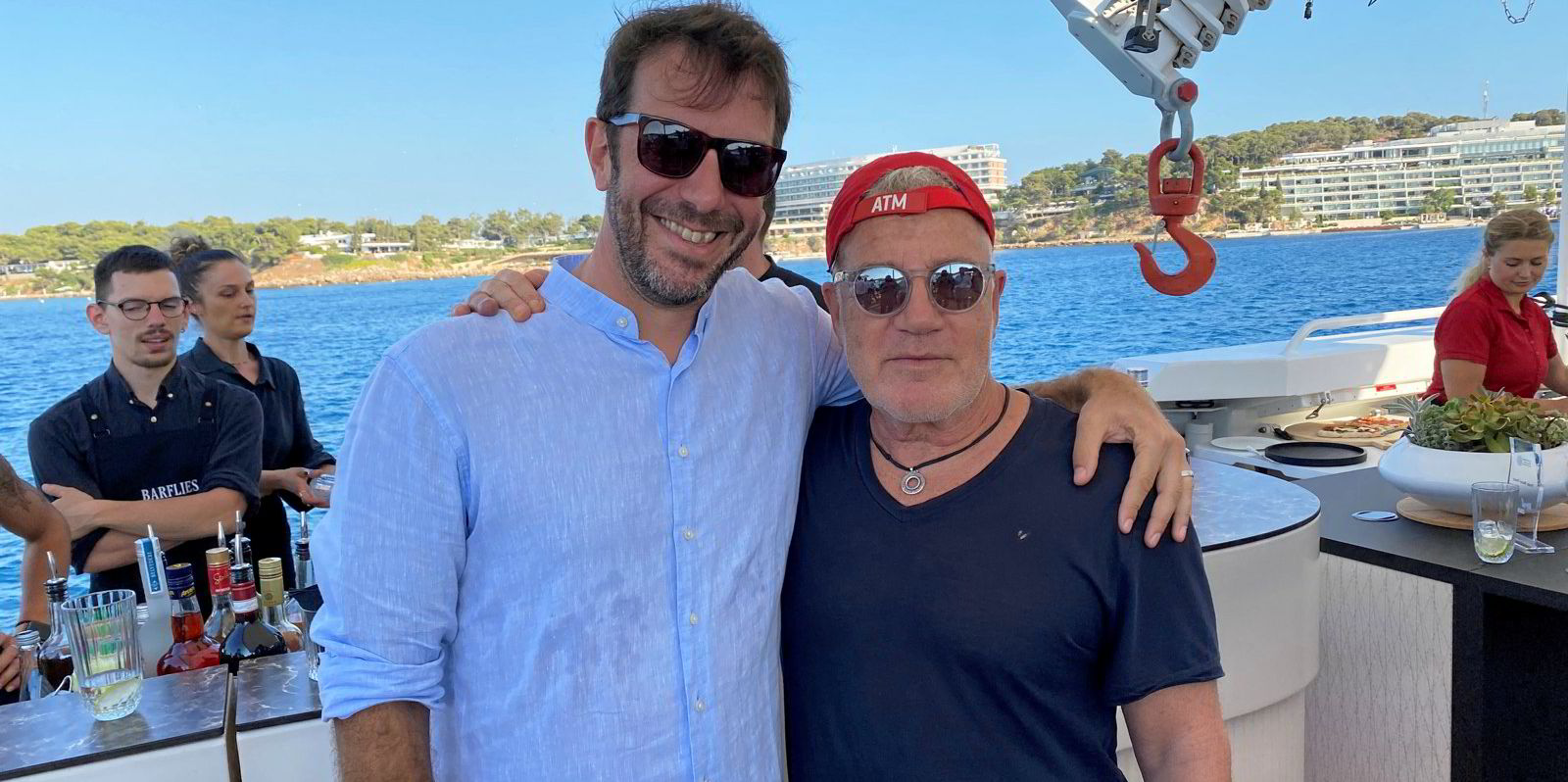New York-based International Seaways has been trying to get more attention from investors since the day it was born in November 2016 as a public spin-off from the old Overseas Shipholding Group.
Some confusion might have been understandable. Seaways kept the internationally trading assets of the old OSG, while US-flag vessels continued to operate via the Overseas Shipholding name under new CEO Sam Norton.
OSG lifer Lois Zabrocky took the helm at Seaways, with ship finance veteran Jeff Pribor beside her as CFO. They set out about the hard work of wooing investors while needing to revamp an ageing fleet and improve the balance sheet of a company that had gone through Chapter 11 bankruptcy reorganisation as OSG.

It appears 2022 is the year those persistent efforts finally blossomed.
Seaways shares traded over $40 for the first time in the company’s history on Tuesday, continuing a run-up that has seen the stock appreciate 168% on the year.
Attract investors? Seaways is now drawing celebrity backers such as Norwegian shipping magnate John Fredriksen, who revealed a 16.6% stake in May.
Earlier in October, Israeli billionaire Idan Ofer and the world’s largest independent pools operator, the Navig8 Group, each disclosed holdings of more than 5% on successive days.
Impressive as that all sounds, the interest might also be viewed as a double-edged sword, especially in Fredriksen’s case.
Fredriksen’s Seatankers Group immediately made noises about helping Seaways management improve shareholder value and campaigned for two seats on the board of directors.
Seaways management both defended its track record and saw its board impose a “poison pill” that would halt shares accumulation by Fredriksen — or anyone else — at 17.5% of the company on pain of serious dilution.
While Fredriksen’s camp has called the buys a standalone financial investment, there are the same questions that always surround his buys: is he just looking to make money on the shares, or does he want the company?
As usual, Fredriksen already has checked the box on the first part. Seatankers acquired the great majority of its Seaways stock around the $20 mark, meaning he has already doubled his money. His holding is currently worth about $330m.
When an Ofer or a Navig8 follow Fredriksen in, there are more questions. Do they see the same opportunity the shrewd shipping icon detected for a financial profit?
Or could the two companies — both of which have prior business relationships with Fredriksen — be part of a movement to influence control of the New York-listed owner?
Thus far neither the Ofer nor Navig8 camps have tipped their hands, and Seaways management has declined to comment on the new investors.
But in another measure of Seaways’ growing prominence in a rising tanker market, analysts from Deutsche Bank recently initiated coverage on the outfit.

This is from a bank that in recent years has slashed its shipping coverage to a handful of owners, but is ramping up again with the hire of Christopher Robertson to work under lead analyst Amit Mehrotra.
Robertson initiated Seaways with a “buy” rating and a $40 price target that essentially has already been met.
Streetwise recently caught up with the analyst for his views on Seaways’ path forward.
“We’re not surprised to see all this interest in a great company like INSW. The company’s diversified and sizeable tanker fleet is attractive in this type of improving rate environment,” Robertson said, referring to Seaways’ ticker symbol.
“Looking at the evolution of the tanker market over the past year, INSW shares were trading at a more significant discount to NAV compared to some of its immediate peers earlier this year. With regards to the shareholder rights [poison pill] plan, we don’t think it was designed to shut down any potential deal, but rather prevent shareholders from being underpaid for its assets.”
While Robertson did not weigh in on the likelihood of a move to acquire Seaways, he described a general situation in which consolidation becomes more likely when tanker owners overcome what have been significant discounts to net asset value.
“We think M&A activity in the tanker market is more likely when the bid-ask spread between a potential acquirer and acquiree is narrower,” Robertson said.
“We think further consolidation within the tanker segment — and in all of shipping — makes a lot of sense for companies and investors, especially if it leads to larger market caps, better trading liquidity and operational cost savings.”
Six years on from its birth, Seaways is no longer starving for attention. It has a place at the table with the world’s most recognised tanker owners. But whether it will become the diner or the dinner in the shipping mergers and acquisitions restaurant is now the question.
More ship finance news
Carnival Corp has priced a private note offering at an interest rate that is higher than the previous offering after increasing it to $2bn. Click here to read more.
Investors are lining up to bet that Israeli liner company Zim has further to fall, even after the stock price already has declined 73% from its record high in March. Click here to read.
Norway’s ADS Maritime Holding has failed to entice investors to buy stock in a subsequent offering, due to its trading price. Click here to read.



